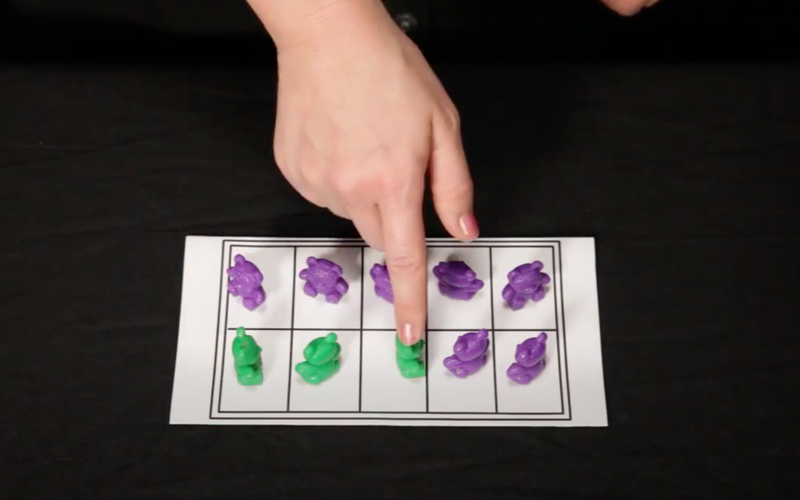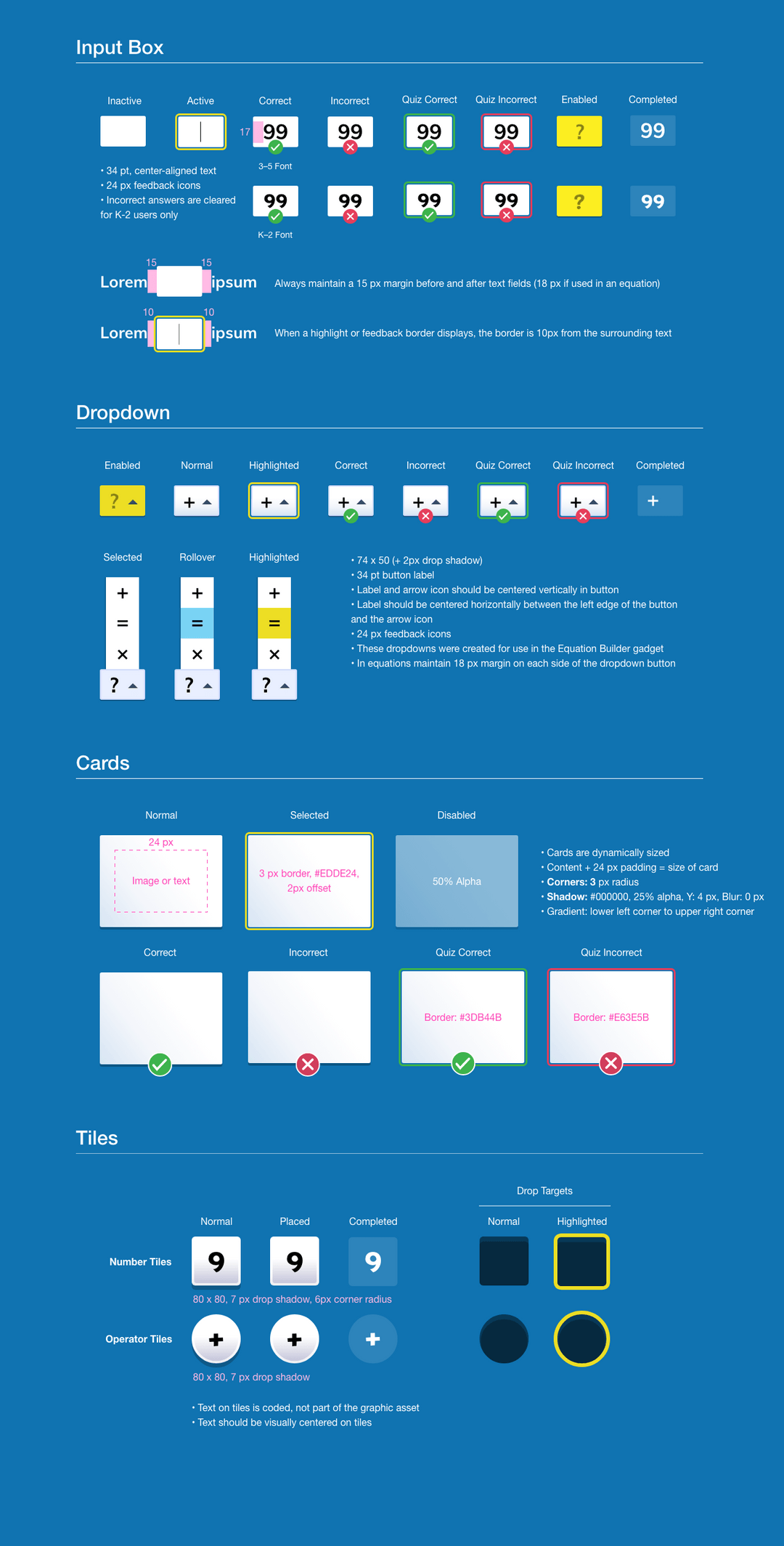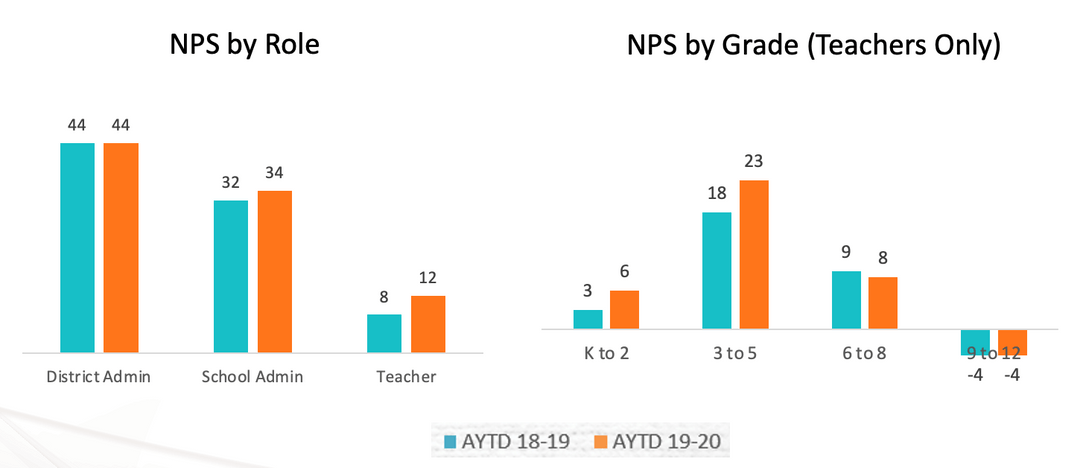Interaction Design, Research
Project Overview
In math education, a word problem is a mathematical exercise where significant background information on the problem is presented as text rather than in mathematical notation.
It is a math question written as one sentence or more that requires students to apply their maths knowledge to a ‘real-life’ scenario. This means that students must be familiar with the vocabulary associated with the mathematical symbols they are used to, in order to make sense of the word problem.
Some word problem examples:
“Rachel has 12 apples. She gives 3 to Sarah. How many apples does Rachel have now?”
“Jack has 8 cats and 2 dogs. Jill has 7 cats and 4 dogs. How many dogs are there in all?”
“There are 5 birds. Some birds fly away. Now there are 2 birds left. How many birds flew away?”
Teaching word problems has always been a headache for math teachers. They are complicated because of their descriptive language. Students often don’t understand what exactly they’re being asked, especially when the problem includes abstract concepts.
My Role
I was the K-2 lead designer of this project starting in November 2018. I worked alongside 2 product managers, 5 instructional designers, 1 UX designer, 2 UI designers, 8 developers and 6 QA engineers. The Math Toolbox was launched alongside 46 grade K-5 digital lessons in the Back to School 2019 season.
Team & Timeline:
- Research: 09.2018 – 11.2018
- Design: 11.2018-04.2019
- Development: 01.2019-07.2019
- Project launch: 09.2019
Methodology: Pedagogical and User Research, Wireframing, Prototyping, Interaction Design, User Testing, Design System
Tools: Adobe XD, Adobe Animate, Illustrator, Axure RP

Initial Research
The target grade for this project is Grade K-5. Here are the different types of algebra word problems we are trying to teach in this project:
- Addition Result Unknown: 4 + 3 = ?
- Addition Change Unknown: 4 + ? = 7
- Subtraction Result Unknown: 7 – 4 = ?
- Subtraction Change Unknown: 7 – ? = 3
- Compare Difference Unknown: 7 – 4 = ?
- Compare Larger Unknown: 4 + ? = 7
- Compare Smaller Unknown: 7- ? = 4
- Multiplication: 3 × 5 = 15
- Division without Remainders: 12 ÷ 4 = 3
- Division with Remainders: 10 ÷ 3 = 3…1
Scope and Sequence:
I first started by working closely with the instructional design team (math content experts) to define the learning standards and objectives for each grade, so they are in line with the US Math education standards and guidelines.
Based on the standards, we created lesson standards and objectives for each lesson (see the table below) so we can determine the pedagogical approach for each lesson.


Why is Word Problem so hard to teach?
A lot of teachers have reported that teaching word problem is very hard. Many factors contribute to why students often struggle with word problems. Through our research, here are some of the common reasons:
Problem #1: Reading Comprehension: Students have to be able to fully comprehend what is happening in the problem in order to figure out how to solve it.
Problem #2: Only Looking at the Numbers: Students often don’t actually stop to read the problem, but instead, pull out the numbers and use a random operation.
Problem #3: Tricky Language used in the Story: Many curriculum writers use tricky language to trip students up. Words used such as “more” doesn’t always mean addition and “less” doesn’t always mean subtraction.
Through literature research and interviewing with educators, here are some of the best practices when it comes to teaching word problems:
- Have the student draw a picture of what’s happening as they read it
- Use pictures and other visual aids
- Change the word problem to be more relevant to the student
- Support and provide explanation for difficult vocabularies
- Do NOT teach students that certain words indicate any specific operation, focus on the overall context
High-level Approach:
Based on the research result, we decided that each lesson will be consist of three major elements:
#1: Freestyles: Freestyles provide pictures and other visual aids to help students understand the narrative. It also add playfulness and fun into learning.
#2: Toolbox: Toolbox and walkthroughs provide a scaffolding process, and help students to model and abstract the math equation from the word problem.
#3 Complementary gadgets: Complementary gadgets support Freestyles and Toolbox, and provide flexibility to teach a variety of mathematical content.

“Freestyles”
Each of our Math lessons starts with a different fun, gamified and exploratory activity -” Freestyle” in order to draw users’ and attention and increase learning engagement. The key of design here is to find the best way to align the pedagogical context (abstract math concepts) with the core mechanics of the interaction. And at the same time, finding age-appropriate, diverse and meaningful contexts and narratives.
Case Study: AL.1.3900 “Freestyle”
Lesson Learning Goal: Use addition and subtraction within 10 to solve word problems involving situations of “taking from”, with unknowns in all positions, e.g., by using objects, drawings, and equations to represent the problem.
Initial Concept
Initially, I tried experimenting using the narrative of “picking carrots” to teach subtraction problem: 6-2=4. Picking carrots is a context that can easily be understood by Grade 1 students.

Revised Concept
After gathering initial feedback from students and educators, I soon realized that there were major problems in this interaction: users do not know how to put carrots back. This is because when picking carrots, it is a non-reversible action (putting carrots back into the hole is unnatural). Therefore, I need to find a reversible action in the narrative. During iteration, I chose the context of birds and nests.

Creating Assets and Development
After the narrative is approved, I worked with UI designers to create illustrations and animation. The animation was done mainly in Adobe Animate using key frame animation.

Color theme 1

Color theme 2
Bird Animation
Other “Freestyles” Showcase
There are 7 hamsters.
4 hamsters are big. The rest are small.
How many hamsters are small?
There are 8 bottles in a game at the fair.
You knock down 5 bottles.
How many bottles are still standing?
There are 4 bananas.
There are 6 monkeys.
How many monkeys do not get a banana?
You have 24 wheels.
Each robot needs 4 wheels.
How many robots can you make?
“Toolbox”
Math Toolbox contains 3 essential “gadgets” (tools) that are been used in all the Word Problem lessons. They are: Counters, Array and Ten-Frame. In addition, we provide students walkthroughs, which is a scaffolding process and help students to model and abstract the math equation from the word problem.
Overview:
These digital tools are a simulation of the real physical counters students usually use in the classroom to perform calculations. They save educators from purchasing physical counters for each student, and at the same time, they provide customized guidance and feedback based on each student’s individual answers. The fun interactive elements in these tools can also increase engagement and makes the learning process fun.
Before we started the design process, we researched and observed educators to get an understanding of how these physical tools are used in the classroom and analyzed students’ interaction with these physical counters to inspire the design.



Case Study: Counters
The purpose of the Counters tool in Math Toolbox is to help users understand addition and subtraction type mathematical word problems, and some of the division types of problems.
Early Ideas:
The first step was to design the overall flow and user experience of the tool. I mocked up several options to show the general flow and collaborated with developers to build early prototypes. Based on feedback from user-testing, I made several iterations before finalizing the flows, specs and layouts.
The goal is to provide smooth interaction and intuitive design that matches the pedagogical needs at the same time.
I started by working with instructional designers and math experts. We looked at different pedagogical contents together that require using the Counter tool to assist students in solving Math problems. We decided that the following features are necessary:
- Add/remove counters
- Change counter colors
- Delete all counters
- Word problem text
- Input box with answer sentence and number pad

Iteration based on User Testing:
After designing the initial flow, we collaborated with developers to build the first interactive prototype and conducted the first user-testing. Students completed the following POC using the think-aloud method. We found 8 students in total (3 students entering 2nd grade, 5 students entering 1st grade).
Before testing, they did not understand how to solve problems of this type – i.e. change unknown. In addition, these students had difficulty using physical counters to solve these problems, which suggests that the math was beyond their current level of conceptual understanding.
#1 Issue: Drag and drop interaction was challenging. It was hard for some younger students to use their little hands and fingers to drag and drop counters on the workspace.
#2 Issue: Confusion when removing and changing the color of counters. The popup to change color and remove rarely appeared. Most students tried dragging a counter off the screen. Some students tried dragging the counter to the bin.
#3 Issue: Adding 10+ counters feels very repetitive. When students were required to add 14 counters, they seemed to be annoyed by dragging counters one by one.

Final Screen Layouts:
The link to final screen layouts: https://xd.adobe.com/spec/93235cf0-77a3-46df-5cf0-baaa6eb53421-e512/grid/

UI Design:
After finalizing the screen specification, I collaborated with another UI designer, and conducted extensive studies for the UI elements and animations. The goal of the UI design is to give the Math Toolbox and Counters a look and feel of the overall iReady products. At the same time, we want to increase student engagements and create moments of delight.




“Skinned” Counters:
In order to contextualize the word problem and make the counter tool more fun, I worked with UI designers to design a series of “skinned” counters that can be used inside the toolbox to replace regular counters.

Other tools in the Toolbox
Other tools in the toolbox are Array and Ten-Frame Tools. The design process followed the Counter tool.
Array is the second tool in the Toolbox. It allows students to model a multiplication or division problem with an array, dynamic in both directions. This tool also supports walkthroughs in both operations.
Ten-Frame is the third tool in the Toolbox. It allows student to manipulate 2-3 different types of counters into ten-frame containers in order to solve addition and subtraction problems.
Second tool: Array
Third tool: Ten-Frame
“Gadgets”
Complementary gadgets support Freestyles and Toolbox, and provide flexibility to teach a variety of mathematical content. We use a component-based approach to build lessons to move towards a modular experience. Each gadget is a dynamic component and it can be combined with other gadgets, they all live inside a template (MP-T2). The template can hold many gadgets.

Matching
Equation Builder
Multiple Choice
Glossary
Design Style Guide
Lorem ipsum dolor sit amet, consectetur adipiscing elit, sed do eiusmod tempor incididunt ut labore et dolore magna aliqua. Ut enim ad minim veniam, quis nostrud exercitation ullamco laboris nisi ut aliquip ex ea commodo consequat.


How does a typical lesson look like?
AL.1.3900 “Take From Change Unknown” Word Problems
Learning goal of this lesson: Use addition and subtraction within 10 to solve word problems involving situations of “taking from”, with unknowns in all positions, e.g., by using objects, drawings, and equations to represent the problem.
Results & Summary
In sum, we have created 18 Freestyles, 3 tools in the math toolbox, and 6 complementary gadgets. They were used in creating 46 grade K-5 digital lessons that teach Grade K-5 students math word problems released in the Back to School 2019 season.
The release of Word Problem K-5 product since September 2019 has increased users satisfaction significantly. At CA, we use NPS (Net Promoter Score = % of Promotors – % Detractors) to calculate educator satisfactionsThe main NPS survey question is “How likely are you to recommend i-Ready to a friend or colleague?”The survey is sent monthly to ~1/6th of i-Ready non-student. As you can see in the graph below, the average NPS Sep 2019- Aug 2020 compare to the previous year NPS Sep 2018- Aug 2019 for iReady Math has increase significantly among teachers, especially among Grade K-2 and Grade 3-5 teachers.

In addition, we have received a lot of positive feedback from teachers and students. The intuitive usage of Math Toolbox, and the narratives & interactions used in Freestyles are the main things that our teachers and students love!
“The counter tool is so cool. I like how it allows students to build off of previous work and provides an opportunity for kids to see patterns in the math! Great feedback and scaffolding as well.”
–GK-2 Teacher“I love how engaging the games are! They’re so fun and adorable, and yet they did a great job of making sure the entertaining aspect didn’t take away from the learning.”
–GK-2 Teacher“I truly love/believe in i-Ready.I think it is a phenomenal tool to use to better reach your students in active engagement. I really recommend i-Ready to everyone as a fantastic tool for instruction!”
–G3-5 Teacher